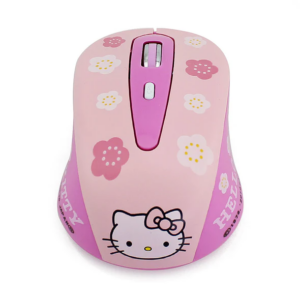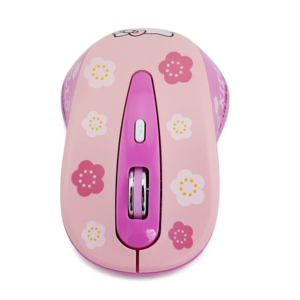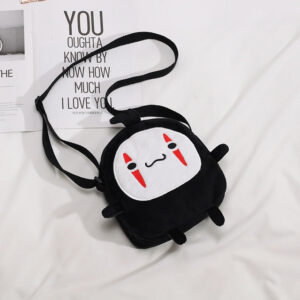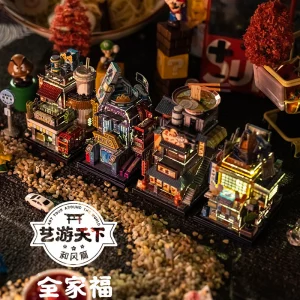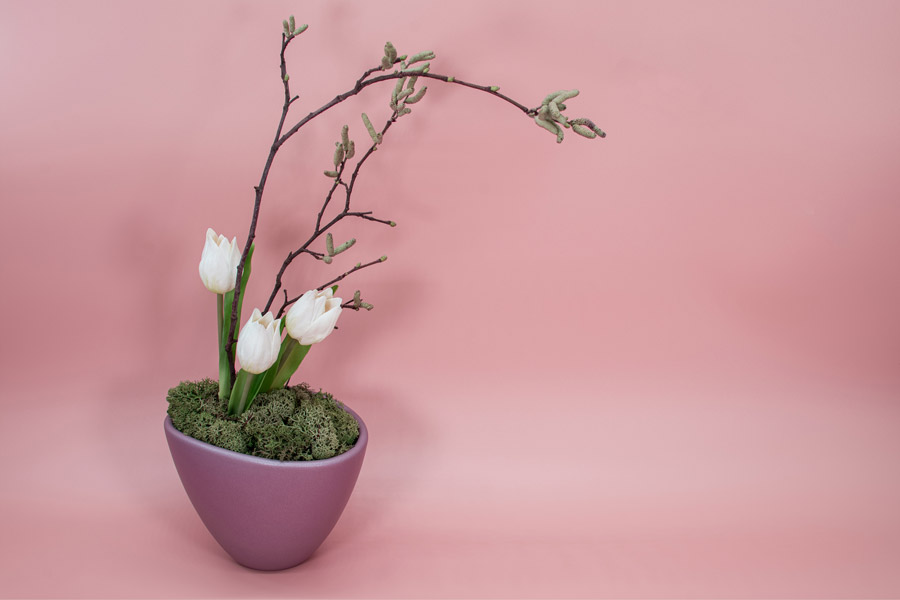If you watch anime or you are interested in Japanese pop culture, it is likely that you know of the word “kawaii”. This Japanese word is frequently used by Japanese people to describe objects, people, places, and more that are perceived to be cute or charming.
Even people from other countries would say “kawaii”, especially if they are part of the Japanese and anime culture worldwide. The word itself does sound cute! Today, we’ll learn about the cultural origins of Kawaii in Japan, as well as its historical context.
What is Kawaii?
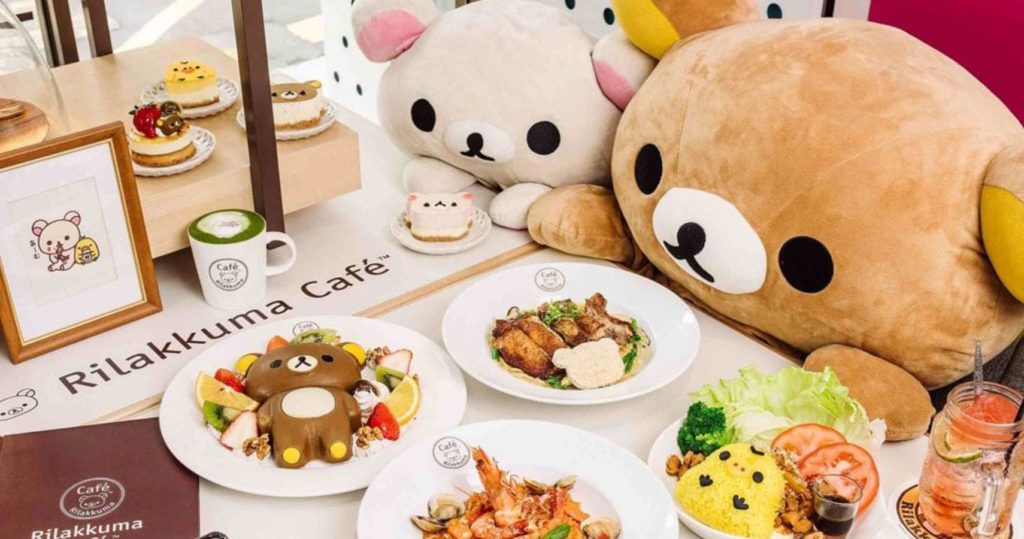
Kawaii was originally used to describe babies and small children in Japan. The word simply translates to “cute” in English. Kawaii is an impression used by Japanese people to convey their affection towards the object.
What is considered Kawaii?
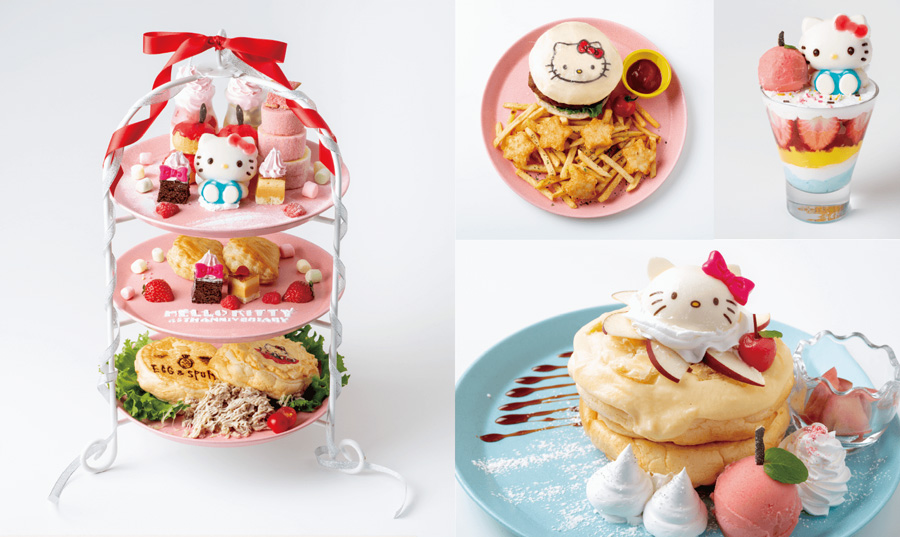
In Japan, people consider many things super cute. With this, various places and items are designed to look appealing.
Handwriting
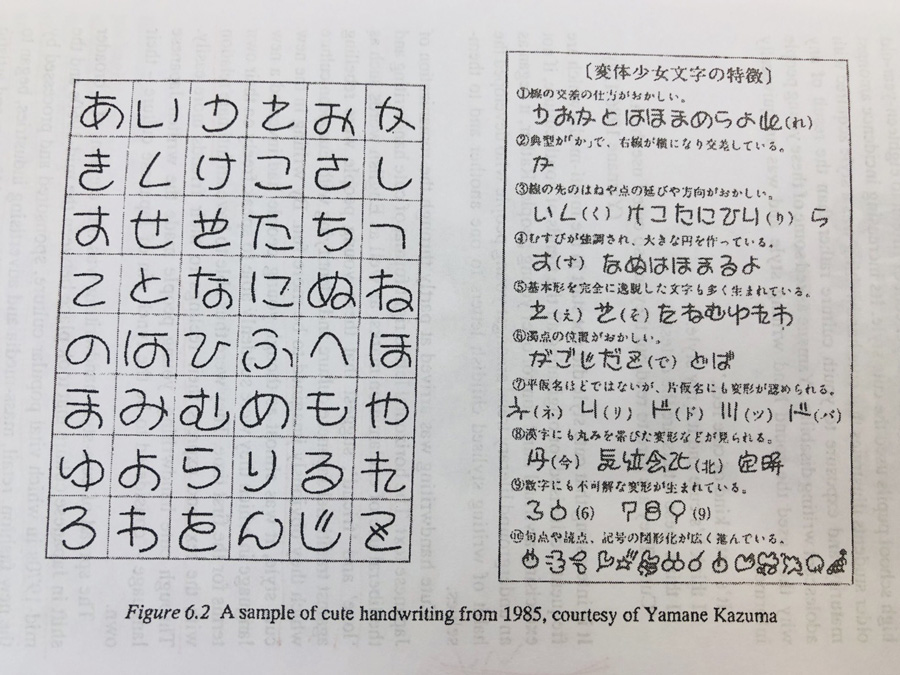
In the 1970s, young Japanese girls began to popularize the kawaii writing style in school. This aesthetic of writing was described to be round, big, and decorative using emojis, faces, and cartoon characters. There was no doubt that the added drawings to the writing made it even more kawaii!
But many have complained that this style of writing was difficult to read, causing huge controversy in different schools in Japan. After a while, the popularity of the kawaii handwriting jumped back due to magazines and comic books adapting this style of writing. As the kawaii concept was often used in packaging and advertising, this handwriting style can be found in items that are cute such as accessories and toys for kids.
Food

If you’ve been to a Japanese cafe or restaurant, you might have seen these “kawaii” Bentos (lunch boxes) and desserts! It is common for young girls to bring this adorable bento to school or to picnics as their moms would often make an effort to make them look organized, colorful, and cute with the faces they add using seaweed and other food they can use. Some would decorate their Bentos with cartoon characters and shape their Tamago rolls into hearts or the sausages into an octopus.

The soft, milky, and sweet food in their dessert menu makes you want to try all of them because of the kawaii faces and characters they put on them. Sometimes it is so cute that you would even feel guilty for eating them or destroying their faces. Not only that they are aesthetically appealing on the outside but once you take a bite, the soft texture melts in your mouth.

Pop Culture Characters
As one can see, Japanese people frequently use cartoon characters to make one look and be considered as “kawaii”. The characters can be anime/manga characters, or simple emojis and emoticons – usually sporting super cute facial expressions.
Characters are perceived to be super cute with their innocent, helpless, fluffy, and immature personalities. They often appear to be round, soft, with big cheeks, a small nose, little to no mouth, a large head, and short arms.
Hello Kitty
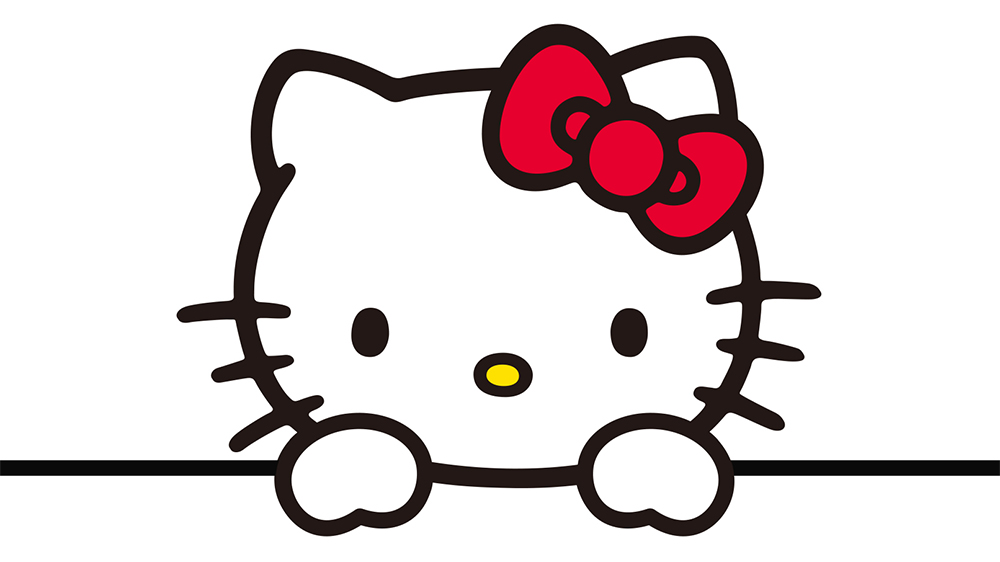
An iconic character that is known worldwide would be Hello Kitty who was produced by Sanrio in 1974. The design of Hello Kitty can be seen almost everywhere. It is used in food packaging, desserts, fashion, and even places.
Cartoon characters are often used in marketing and advertising to appeal to their target audience as one would prefer to look at something cute than simple words or boring images.
The History of Kawaii
Heian Period (793-1185)
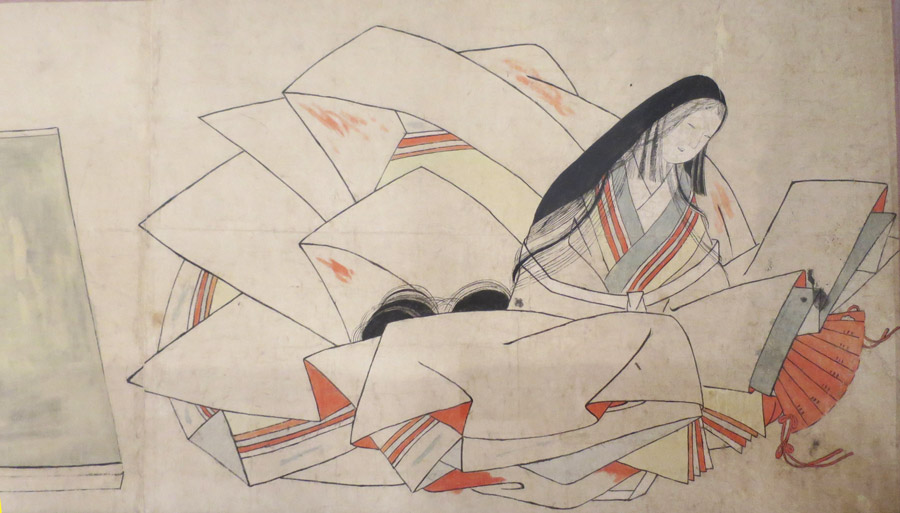
Over time, the meaning of kawaii shifted and developed. But it can be traced back to
The Heian period as kawaii originated from the novel Tale of Genji (1008), where the author used the word to describe women who were seen as pitiful (also known as kawaisō) or obedient. The word was used not only by young women to describe some things they desire but also some things that were regrettably not available.
On the contrary, in another book, called The Pillow Book (1002), kawaii referred to women with a baby schema. Young women with physical features to an infant were perceived to be cute as they were seen as young, innocent, and vulnerable.
Tokugawa & Edo Period (1603-1868)
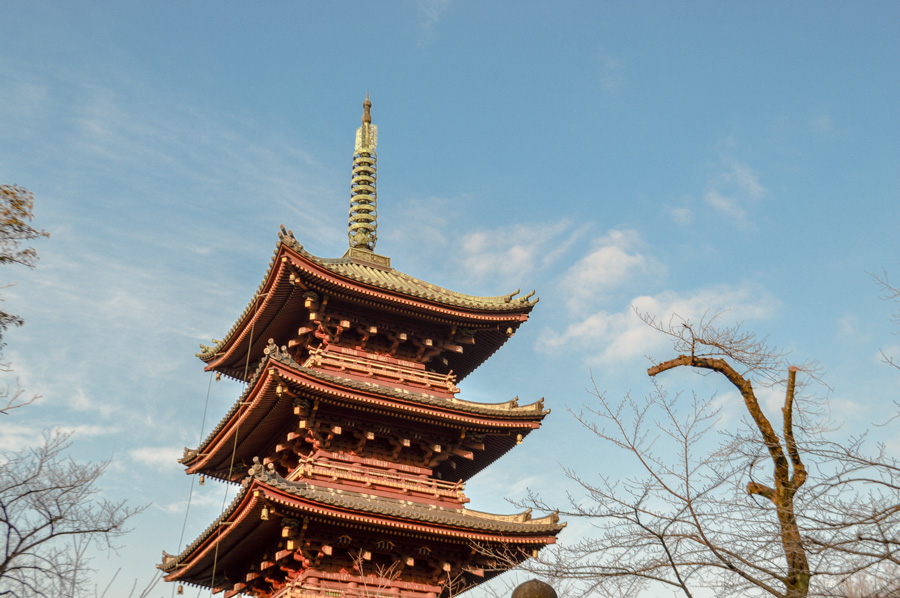
In the Tokugawa era, the miniaturization of items began to make them look adorable in size. When young girls would see such small items, it would be inevitable to say “kawaii!”. At the same time, animals were included under the term kawaii as women were once perceived as animalistic.
The Lucky Cat (or Maneki Neko) we all know first appeared in the Edo period. It can be predominantly found in Japanese homes and stores to bring in wealth and luck. With the popularization of Manike Neko, people began to think of it as a cute cat. Various images of the Lucky Cat can be found in kawaii versions.
As women were originally the subject of the word “kawaii”, woodblock prints were used by artists back then to portray young women who were cute. These woodblock prints (or ukiyo-e) were hand-painted scrolls that exhibited life in Japan. It depicted images of people dancing, cherry blossoms, festivals, and beautiful women.


Taisho (1912-1926)


Later on, another form of “kawaii” was created to represent women who were described as embarrassed, shy, lovable, and small.
The miniaturization of items, which originally began during the Edo period, continued during this era as advertisements marketed specific feminine items that were kawaii to young girls in Japan. Dolls and clothes were miniaturized to maximize their concept of being cute to appeal to girls as small things were often found to be adorable.

The 1960s-1970s
The popularization of Japanese Kawaii culture turned out to be a movement to rebel against traditions and adulthood in Japan. The concept was developed by young girls in Japan that began with the kawaii handwriting. Japanese youth wanted to separate themselves from the authority and rules the society had for them. The only way they were able to do this was to create a movement as a form of self-expression that would maintain their youth with the idea of being kawaii in all various ways.
Modern Examples of Kawaii
Kimo-Kawaii

This type of kawaii is used to call cartoon characters who are portrayed to be cute but creepy. It also refers to characters who are lazy but perceived to be cute. An example that you may be familiar with is Gudetama! Gudetama is Kimo-kawaii as the character’s laziness and lack of energy are drawn in such a cute way that no one can resist.
Itami-Kawaii
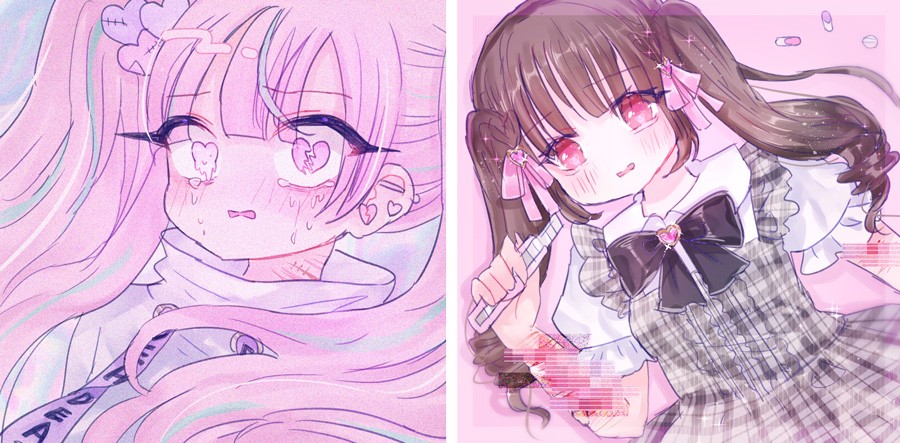
Now, people are calling characters or drawings on the internet that look sad and depressed “kawaii”. Itami-kawaii refers to images that have darker themes but are drawn in such a cute way.
Busu-Kawaii
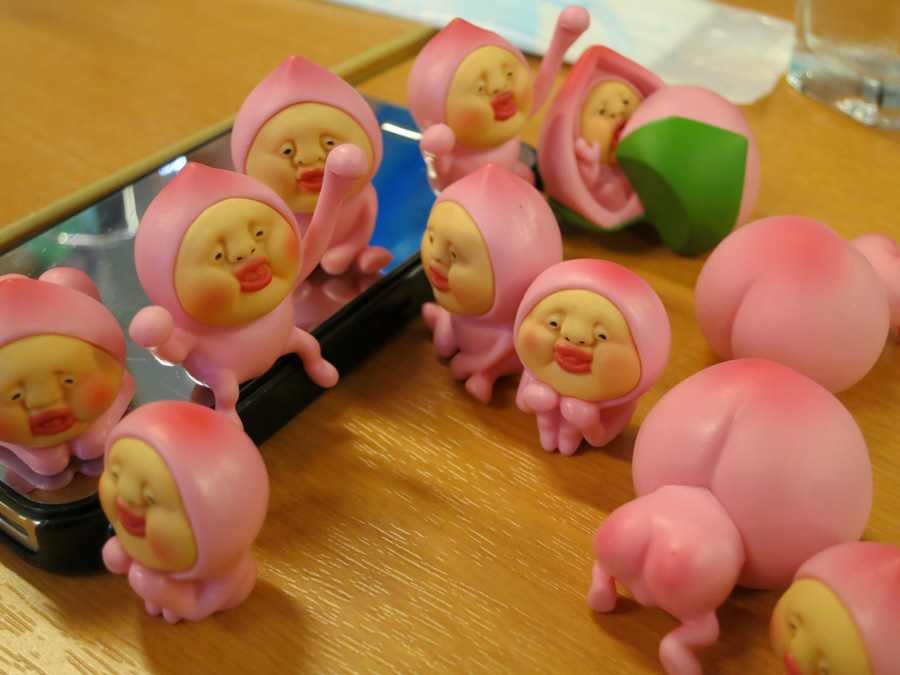
Have you ever seen an anime character that looks ugly but the more you look at them, you eventually find them cute? That would be busy-kawaii!
Yume-Kawaii

Pastel colors and dreamy-like characters and images are what you would call Yume-kawaii. Once you look at them, you would find them cute and feel dreamy as well! The image would usually consist of flowers, rainbows, lollipops, and unicorns.
Ero-Kawaii

Another type of kawaii would be one that is sexy and a little bit erotic. Although it would be more appropriate for adults to see and find cute. I think that Mai Sakurajima in her bunny suit outfit from the anime, Bunny Girl Senpai, is Ero-kawaii!




































